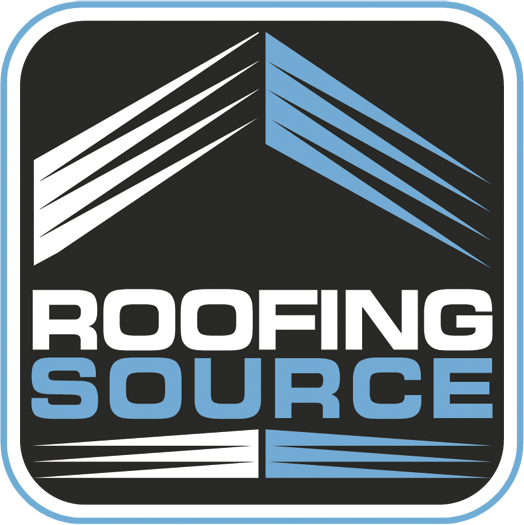Walk pads are often considered a minor detail on a flat roof, but in reality, they play a critical role in protecting your roof system from some of the most common sources of wear and tear. For restaurant operators and facility managers, properly installed walk pads can mean the difference between a long-lasting roof and one plagued by leaks and avoidable damage.
When installed with care and forethought, walk pads act as a shield in high-traffic areas. These are the zones where third-party vendors such as HVAC contractors, hood cleaners, and technicians are most likely to move around with tools, chemicals, and heavy equipment. Without protection, these areas of the roof membrane are at high risk for punctures, membrane stress, and chemical degradation.
A well-designed walk pad layout typically includes paths from the roof access point directly to and around rooftop units (RTUs). This ensures vendors can safely and efficiently move across the roof without stepping directly on vulnerable areas. In addition to protecting the roof system itself, walk pads also provide slip resistance, a critical safety feature in wet, icy, or debris-covered conditions.
However, as with any roofing detail, walk pads are not risk-free. When improperly installed or overlooked during regular inspections, they can become a source of roof damage rather than a defense against it. For example, overstretched walk pads create tension on the roof membrane. Over time, this tension can lead to cracking or tearing along the pad’s edges, especially in areas that experience temperature fluctuations or foot traffic.
Another often-missed issue is debris. Screws, metal shavings, or other sharp materials left behind during service visits can become trapped beneath the walk pad when they are not welded/bonded around the perimeter. When rain/wind pushes that debris under the walkpad, it can puncture the membrane when walked on, creating a leak that’s hidden until it causes interior damage. Even grease or cleaning chemicals can become trapped under walk pads, gradually degrading the membrane beneath and compromising the integrity of the roof system.
It's also critical to avoid installing walk pads over field seams. These seams need to remain visible and accessible for proper inspection and probing. When they're covered, it becomes significantly harder to spot installation defects or catch developing damage early, frequently leading to leaks that go unnoticed until they cause interior issues.
At RoofingSource, we often see the long-term impact of these mistakes. Whether it’s through our RoofCare program or project-based restoration work, we’ve helped countless brands repair avoidable walk pad issues. Our RoofCare program is an essential and critical safeguard for your business that includes routine checkups to catch early signs of failure. The key is to treat walk pads as an essential system component not an afterthought. They require the same planning, precision, and inspection protocol as any other part of your roof.
A good walk pad plan doesn’t just reduce damage it extends roof life, lowers liability, and creates a safer rooftop environment for everyone. When properly maintained, it can mean fewer repairs, fewer leaks, and fewer surprises during inspections.
This article dives deeper into walk pad risks and best practices, building on our original 2023 piece, What Are the Hidden Risks of Walk Pads?
Need expert eyes on your roof? Contact RoofingSource below or call (833) 247-7663 today to schedule a roof assessment.
Written by
Benjamin Burdick
Field Support Representative
benjamin.burdick@roofingsource.com


